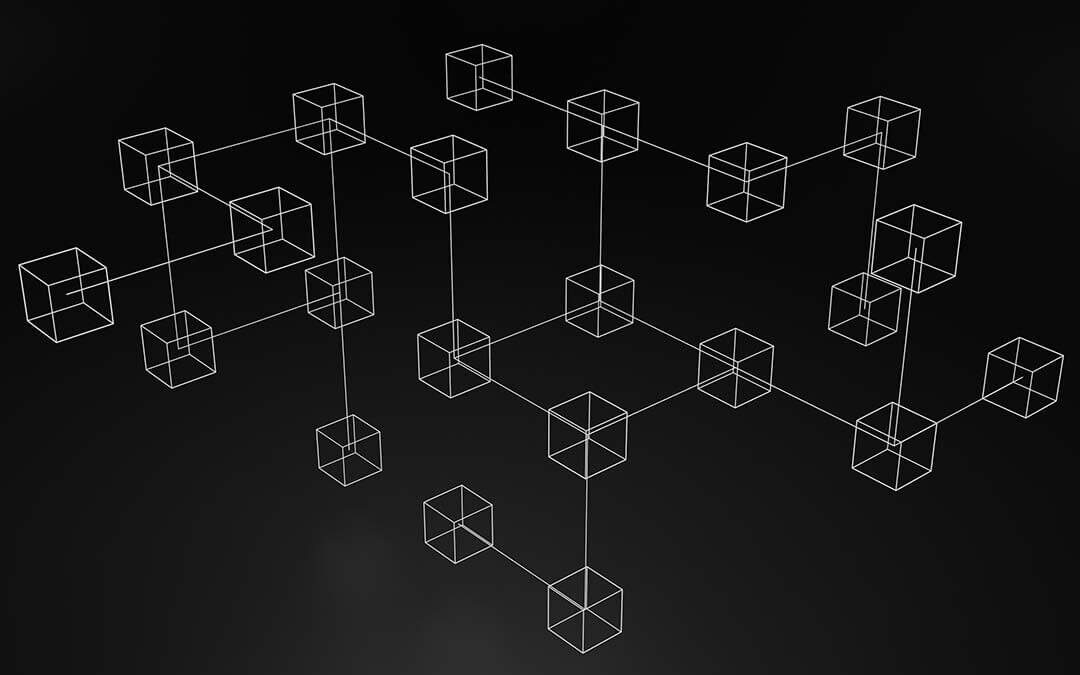Table of Contents
Introduction to the Cardano roadmap
With this article, we will analyze in detail the roadmap of Cardano. The term roadmap can be translated as a roadmap, indicating the different stages that led to the creation and that will determine the subsequent development of the Cardano network system.
The individual phases have been identified with precise timing, using a nomenclature that takes the name of poets, artists, and scientists of romanticism.
In total, we have 5 phases in the Cardano roadmap and for each phase, you can find an article below:
Byron phase: it’s time for networking with the creation of the connected token.
Shelley phase: involves the development, growth, and decentralization of the network.
Goguen phase: the creation of protocols for smart contracts will be achieved, expanding the uses of Cardano to a wider audience.
Basho phase: a phase of the roadmap in which the optimization of network processes will be carried out, offering greater scalability and speed in transactions.
Voltaire phase: the governance of Cardano will be developed with complete self-sustainability in the network from both a technological and an economic point of view.
But let’s continue now with the in-depth introduction to the Cardano roadmap. There is a lot to say and we will try to be as clear and concise as possible. Let’s begin!
The exponential growth of Cardano: the roadmap until 2025 has been published
The Cardano project, conceived in 2017 by Charles Hoskinson and Jeremy Wood, is constantly evolving. Witness the presentation of a new roadmap that will lead the entire project until 2025, allowing it to grow and intercept new trends in the blockchain field.
At the turn of 2020 and 2021, despite the pandemic, Cardano did not stop at all. The operational team behind the operation of the blockchain has allowed it to expand steadily, to the point of allowing the completion of the first two eras of the roadmap.
In detail, we are talking about the eras called “Byron” and “Shelley”, which led the system to exponential growth. We have therefore entered the third phase of the roadmap, as revealed by the founder and CEO of the project, Hoskinson, a phase which, according to the timing assessed by the company, will be completed in 2025. The third step mentioned takes the name of “Goguen”, and stands out for making significant improvements to the Cardano ecosystem.
But what are its general characteristics? And how did we arrive at the determination of its peculiarities? Let’s delve into the matter.
Some advances in the Goguen phase
Goguen represents a major step forward in Cardano’s processing capabilities. The Shelley phase stood out for its purpose of decentralizing the core of the system, but the introduction of Goguen will allow for much more.
The new operational phase will enable the creation of decentralized applications (also known as DApps). The completion of the step will only take place in 2025, but Goguen has been being developed for some time: just think that, for the record, the designers have been working on it since Shelley’s inception, having been conceived almost simultaneously.
However, Goguen’s development will take longer. When it reaches its completion, the company says, users will have the ability to perform background operations within the Cardano network, as well as functionally execute smart contracts.
Among the most significant practices of the entire operation, we note the creation of a specific language for the management of the aforementioned smart contracts. The language has been called Plutus, and allows, among other things, to take advantage of an execution platform specifically designed to manage everything.
At present, Plutus is in a testing phase. It will make it possible to bring significant advantages in the context of smart contract programming, as well as improve the user experience in the context of contracts already in place.
The introduction of Marlowe and the new potential of contract management
The Cardano roadmap also includes other steps. The Goguen phase will bring with it notable other benefits. An example is given by the ability of the update to greatly facilitate the creation of smart contracts by users without adequate technical knowledge to complete the procedure.
All this is made possible by the presence of “Marlowe”, DSL language, i.e. Domain-Specific Language, which allows for the creation of financial contracts using Plutus as a founding element. Marlowe can be used through the Marlowe Playground platform, specifically designed to allow operation even for those who have no programming knowledge.
Progress is evident. The combination of Plutus and Marlowe will create a new class of enterprise smart contracts, fully functionally tested and ready to be deployed at scale. In general, however, Goguen will also bring benefits from the point of view of Cardano’s main offer, and not only from the point of view of smart contracts. An example is given by the introduction of a multi-currency register, which will only further increase the functionality of the project.
The registry will allow you to create new native tokens, whether fungible or non-fungible. Furthermore, great possibilities are opening up for the creation of new cryptocurrencies within the Cardano ecosystem itself, with the opportunity to “tokenize” different types of physical and digital assets.
Finally, a significant advantage will be guaranteed by the introduction of greater simplicity in integrating smart contracts and Decentralized Applications (the “DApps” mentioned above), to work on a wider range of cryptocurrencies.
In short, Goguen will be perfectly capable, in the immediate future, of radically changing Cardano’s capabilities, allowing the system to host new applications for the development of decentralized smart contracts from a corporate perspective.
The point on the Cardano roadmap
So far we have examined the particularities of Goguen, with the innovations that the system will be able to bring to all users of the platform. In summary, therefore, the Cardano project opened with the Byron phase, inherent in the foundation of the system and the conception of the blockchain; we then moved on to the Shelley phase, which involved a real decentralization of the platform’s activities.
Goguen is the phase dedicated to improving the management of smart contracts, as noted above. Is it over here? Not at all. Cardano has two more operational phases in store, which will lead to the effective completion of the platform. The fourth step, in particular, is known as “Basho”, which will be followed by the fifth and final step, “Voltaire”.
Basho will involve in the work of resizing the project, while Voltaire, the final phase of the operations, will correspond to the governance of the entire system.
The latest Cardano updates, which will be completed by 2025, will make it completely self-sufficient, as well as decentralized, capable of supporting up to a thousand transactions per second. However, the innovations presented by Hoskinson did not end with the roadmap alone.
The Cardano CEO had the opportunity to deepen the introduction of further innovations regarding the Cardano project, with reference, in particular, to the potential of a new solution for tracking and anti-counterfeiting of the supply chain.
Cardano has therefore started the collaboration with Scantrust, a platform operating in the digital field, and committed to providing supply chain traceability in more than 150 countries around the world.
The Cardano-Scantrust partnership will lead to extraordinary innovations. Brand owners will be able to exploit the potential of traceability through the functions of Scantrust, combined with the speed of the Cardano blockchain. All this can be done with savings, given the low costs relating to transactions guaranteed by the system. Users can therefore rely on the functions guaranteed by physical QR codes, which are also protected by Scantrust.
The conclusion of the works, as seen, is set for 2025. However, the ecosystem is already largely underway: the blockchain can already be used freely, in such a way as to put users in a position to be able to operate immediately.
The Cardano roadmap, conclusions
We have explored the main features and now the Cardano roadmap appears clearer. The conclusion of the works, as seen, is set for 2025. However, the ecosystem is already largely underway: the blockchain can already be used freely, in such a way as to put users in a position to be able to operate immediately.
Support the project
Delegate with Pasta Pool
You may delegate even a small part of your Cardano, every contribution is precious for us.
Select [PASTA] from the staking pool list


